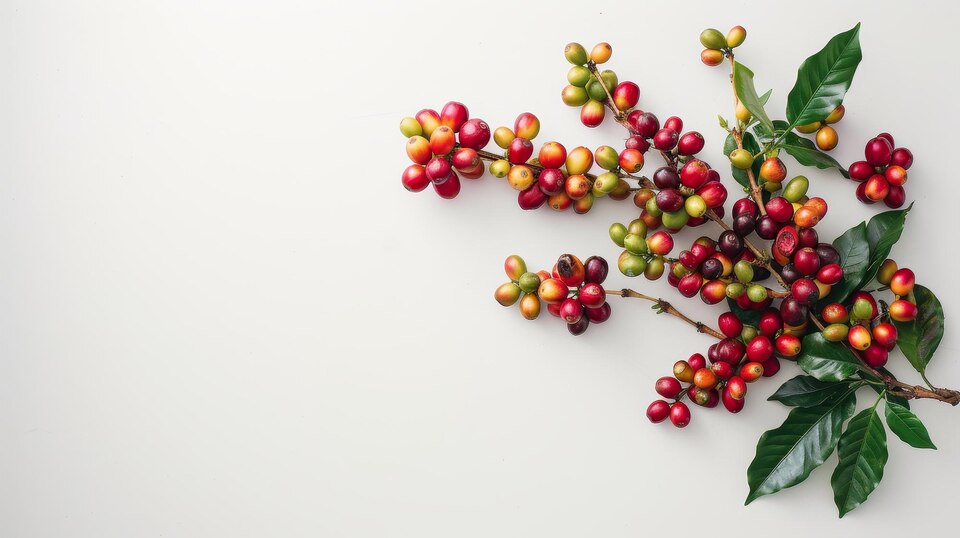
Coffee Process
Media

CEO NOTES
The spread of organised coffee cultivation in Ethiopia - as related by lsrael Degefa.
Coffee spread to the highland areas of Sidamo where the trees are newer. In my home area, the trees can be 65-85 years old. Trees this mature no longer produce good, flavoursome coffee but farmers have been resistant to replanting due to the perceived interruption in their income. On a side note, in response to this issue Kerchanshe now runs a range of ...

Irrigation

Irrigation
Irrigation is the process of applying controlled amounts of water to plants at regular intervals.Irrigation helps to grow crops, maintain landscapes, and revegetate disturbed soils in dry areas and during periods of less than average rainfall. Irrigation also has other uses in crop production, including frost protection, suppressing weed growth in grain fields, and preventing soil consolidation. In contrast, agriculture that relies only on direct rainfall is referred to as rain-fed.||

At Kerchanshe PLC. we use irrigation systems because it will help us:
- To control climate changes so that it will not defect our products. We have almost 46 washing stations that have different climate varieties, and we are using the irrigation systems based on the climatic property of our coffee farm stations.
- To produce more i.e. Our coffee production and supply to the world will not be affected. We have different kinds of coffee varieties in our coffee farms and to have or to use the irrigation system is helping us to get new crops and to produce more coffees.
- Also, water supply will not be a shortage in our coffee farms. Irrigation is the critical input in the agrarian method which superintends the amount of water drizzling towards the root shrubs with regular interregnum. It artificially bestows the water by fulfilling the demand to safeguard the fast, nutritious growth of crops.
We, Kerchanshe Trading PLC. want to increase our coffee productivity, so we are applying two different kinds of irrigation in our coffee farms i.e Drip Irrigation and Sprinkler Irrigation.
1. Drip Irrigation
Drip irrigation is a type of micro-irrigation system that has the potential to save water and nutrients by allowing water to drip slowly into the roots of plants, either from above the soil surface or buried below the surface. The goal is to place water directly into the root zone and minimize evaporation. Drip irrigation systems distribute water through a network of valves, pipes, tubing, and emitters. Depending on how well they are designed, installed, maintained, and operated, a drip irrigation system can be more efficient than any other irrigation system, such as surface irrigation or sprinkler irrigation. This irrigation system helps us to protect our coffee farm from weed. Our coffee farm has two risers that can irrigate 150 m and have 8 gate valves which can be managed both automatically and manually.
2. Sprinkler Irrigation
Sprinkler irrigation is a method of applying water like natural rainfall. Water is distributed through a system of pipes usually by pumping. It is then sprayed into the air through sprinklers so that it breaks up into small water droplets that fall to the ground. The pump supply system, sprinklers, and operating conditions must be designed to enable a uniform application of water. We use this irrigation system on our nursery sites that is encamped on one-hectare farming land. We can produce half a million coffee populations based on the irrigation system.
A typical sprinkler irrigation system consists of the following components:
- Pump unit
- Mainline and sometimes sub mainlines
- Lateral
- Sprinklers

Water Source Groundwater
Groundwater is the water found underground in the cracks and spaces of soil, sand, and rock. It is formed by geological formations of soil, sand, and rock and stored in aquifers. Our water source is groundwater. We have dug two 250m deep borewells connected to a reservoir. The reservoir has the capacity to hold 7500 cubic meters of water.
